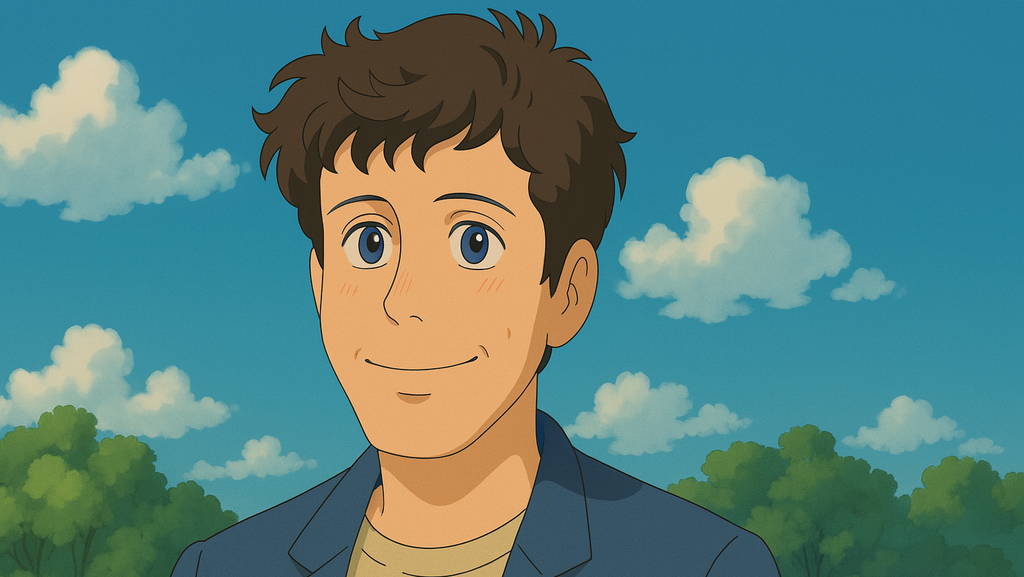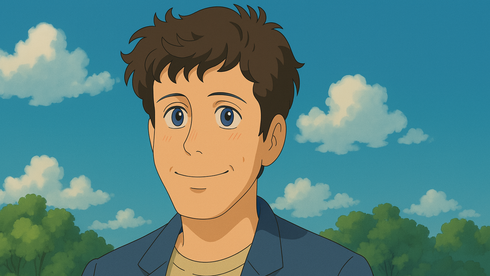
Picture perfect: The best free AI image generators of 2025
We tested DALL·E, Reve, Grok, AI Studio, and Krea, here’s what they deliver.
In the past, creating a quality image required knowing how to draw, take photographs, or work with complex graphic design software. Today, just a few words in English are enough to produce stunning visuals in seconds.
Artificial intelligence tools for image generation are developing at a dizzying pace. Every month brings new technological innovations that make the process more accessible, faster, more accurate, and higher in quality. Just two years ago, you had to pay significant sums for mediocre results - today, many models deliver beautiful images for free. Calcalist has selected the best free tools for you, each offering unique features.
ChatGPT (DALL·E 3)
OpenAI’s image generator has been around for a while, but in March, DALL·E received a major upgrade when it gained the ability to create images from existing photos. A wave of Studio Ghibli–style images quickly flooded the internet, to the point where OpenAI founder and CEO Sam Altman tweeted: “Can yall please chill on generating images this is insane our team needs sleep?” In April, the model became available to free users, with a limit of about three images per day.
DALL·E 3 excels at producing realistic images and supports a wide range of styles beyond Studio Ghibli, you can generate art in the style of Van Gogh, Picasso, or adapt your image to different historical eras. You can also edit details in an image, such as removing people you don’t want or adding new objects or backgrounds. That said, the chat sometimes misinterprets complex instructions or produces images that don’t match your prompt exactly, so thoughtful prompt writing is essential. It recognizes celebrities but doesn’t reproduce them very well. It’s also relatively slow, taking 30–60 seconds to generate an image.
What do you get for free? The free version lets you create up to three images per day in standard quality, without advanced editing options.
Paid version: For about $20 per month (ChatGPT Plus), you can create unlimited images in higher quality and at faster speeds.
Reve
Personally, this is my favorite tool. It’s a relatively new platform, launched just this March. The Reve Image 1.0 model lets you create images in various styles, including highly realistic ones, using simple language. What makes it easy to use is that it shows you the final prompt it actually feeds into the system. For example, if you asked it to “Create a picture of a woman sitting on a bench,” it will display the additional details it added, like the color of the bench or clothes, the woman’s hairstyle, etc., which you can easily adjust.
The downside is that if you ask it to change a single detail, it often changes other elements too. On the plus side, you can generate up to eight versions per prompt, quickly, and easily choose your preferred image dimensions. Reve also handles celebrity likenesses surprisingly well.
What do you get for free? Every registered user gets 100 credits, with one credit covering one prompt (so even if you create eight images with one prompt, you only use one credit). You’ll receive up to 20 new credits daily (as long as you have fewer than 20 left).
Paid version: For just $5, you can buy 500 credits, making Reve one of the cheapest options. It also offers subscription plans from $9.99 to $49.99 per month (or less if billed annually), which provide access to the Reve Image 2.0 model with even better quality.
Grok (Aurora)
When Elon Musk’s xAI launched Grok, it initially used the FLUX.1 model from Black Forest Labs. That model made waves for its permissive content policy, which allowed violent or pornographic images. But in December, Musk’s company introduced its own image model, Aurora, with a stricter policy, though still more permissive than most competitors.
Aurora is available through Grok and produces high-quality images in various styles. It’s good at interpreting instructions and works quickly. You can also edit the generated image, changing the background, style, or specific details, using its intuitive interface. Just note that all images include a Grok watermark, and you can’t adjust image dimensions.
What do you get for free? The free version lets you create up to 10 images every two hours.
Paid version: For $30 per month (or $300 per year), you can generate 100 images every two hours.
AI Studio
Through Google’s AI Studio, you can access two image-generation tools with distinct strengths. The first is Imagen 4, announced at Google’s developer conference in May and only recently made available through AI Studio (it’s still only for paying Gemini users otherwise). Its standout feature is high image resolution, up to 2K, allowing small details to appear crisp and realistic. It can also render clear text (though not in Hebrew yet). Imagen 4 doesn’t support celebrity images and doesn’t allow you to upload photos for editing.
AI Studio also offers Gemini 2.0 Flash Preview Image Generation, which produces lower-quality images but has a major perk: it’s currently the only model that can generate images containing Hebrew text. It also lets you make simple edits to uploaded images. However, its understanding of Hebrew prompts is weak, so it’s better to write your instructions in English and only input the text you want in Hebrew. Note: when generating images of celebrities, it often distorts faces. A small watermark also appears on all images.
What do you get for free? Imagen 4: up to 70 requests per day (each can generate up to 4 images). Gemini 2.0 Flash Preview: up to 1,000 images per day.
Paid version: Imagen 4 Standard: pay-as-you-go ($0.04 per image). Imagen 4 Ultra: $0.06 per image. Gemini 2.0 Flash Preview: $0.039 per image.
Krea
Krea is relatively old by AI standards, though its $500 million valuation is modest compared to competitors. Still, it delivers unique features that help it stand out. For example, it offers a real-time editing tool that lets you see changes as you adjust your prompt. Its Enhancer tool can sharpen, brighten, or upscale images to higher resolutions. You can even upload your own images to teach it your preferred style. Krea struggles a bit with Hebrew prompts but can generate images of well-known figures.
What do you get for free? The free version provides limited access to two models: Krea-1 (up to 11 images per day) creates high-resolution, natural-looking images at moderate speed; Flux (up to 13 images per day) produces slightly lower-quality images but much faster.
Paid version: Subscriptions range from $10 to $60 per month (discounted for annual payments), giving access to more models and advanced features.


